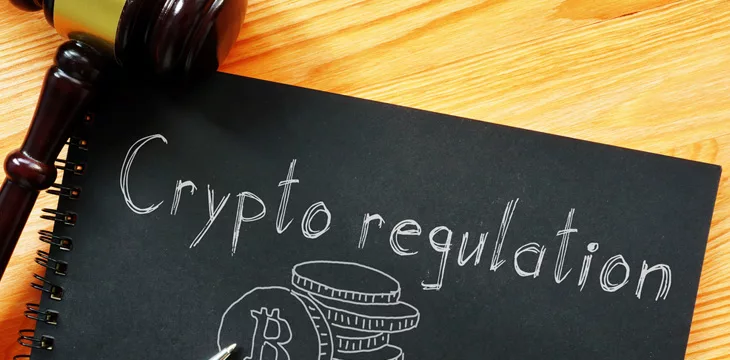|
Getting your Trinity Audio player ready...
|
The Bank for International Settlements (BIS) has produced a report warning of the financial stability risk digital assets pose to emerging economies that embrace the sector.
The 51-page report looked into the various risks associated with digital assets, boiling them down to the key areas of market, liquidity, credit, operational, bank disintermediation, and capital flow risk.
“Proponents of cryptoassets claim that they offer lower transaction costs, faster payments, no intermediation, anonymity, and potentially high returns on investment. Whether they deliver on these claims is another matter,” said the report.
The aim of the report, which was conducted by BIS member central banks in the Americas within the Consultative Group of Directors of Financial Stability (CGDFS), was to assess and outline the potential risks the digital asset space might pose to Emerging Market Economies (EMEs) that invest too heavily in the space.
“Various surveys show that cryptoassets have been more intensively adopted in EMEs than in AEs (advanced economies),” said the report. “There are serious concerns about the ability of emerging market economies to monitor cryptoasset markets and to assess the financial stability risks from cryptoassets.”
Higher adoption of digital assets by EMEs was attributed to several factors, including attempts to combat dollarization and the lack of “credible” central banking. These already damaging economic factors, combined with the inherent volatility of the digital asset market and “weak rule of law,” are a recipe for financial stability risk in EMEs, claimed the report.
“Cryptoassets have so far not reduced but rather amplified the financial risks in less developed economies,” warned the report. “Therefore, they should be assessed from a risk and regulatory perspective like all other assets. This will become even more pressing if cryptoassets are more widely adopted by retail investors and if links with the traditional financial system increase.”
In its assessment of the risks involved in the digital asset market, the report also noted the events of 2022 and the lead-up to the ‘crypto winter.’
“The bubble burst in early 2022, triggered by the collapse of the then third largest stablecoin TerraUSD. Cryptoassets lost almost two-thirds of their value. In November 2022, the bankruptcy of FTX, one of the world’s largest crypto exchange platforms, further amplified market stress,” noted the report.
This tumultuous period in the digital asset space was used in the report to further drive home the stability issues currently part and parcel of the digital asset space.
The report offered some possible solutions to the stability risks of digital asset markets. However, they may not all make pleasant reading for proponents of the space.
“Authorities face a number of policy options to address risks in cryptoassets, ranging from outright bans to containment to regulation,” concluded the report. Outright bans might seem a knee-jerk response, but the BIS suggested this was a favorable route to overexposing a country’s economy, particularly an emerging economy, to the financial rollercoaster of digital asset markets.
However, it did go on to somewhat caution against blanket bans, stating “there are risks if central banks and regulators react in an excessively prohibitive manner. For instance, activities may be driven into the shadows, and it may be more difficult to influence responsible actors in the sector.”
Complete prohibition can often result in the opposite intended outcome, with trade continuing at pace but simply through illicit means—you don’t need to look further than the global drug trade to learn that lesson. This means more and better regulation is the safer route to improved financial stability in digital asset markets.
Whatever the response—ban, contain, or regulate—the most effective path forward, suggested the report, is one of international cooperation. If national authorities and private vendors collaborated on “the establishment of a shared data repository” and effective monitoring of digital asset markets, then the risks to global financial stability, particularly for EMEs, could be mitigated.
CoinGeek Conversations Summer Special 2022: Bitcoin SV & the global economy

 07-12-2025
07-12-2025 





